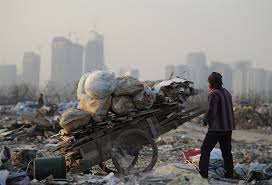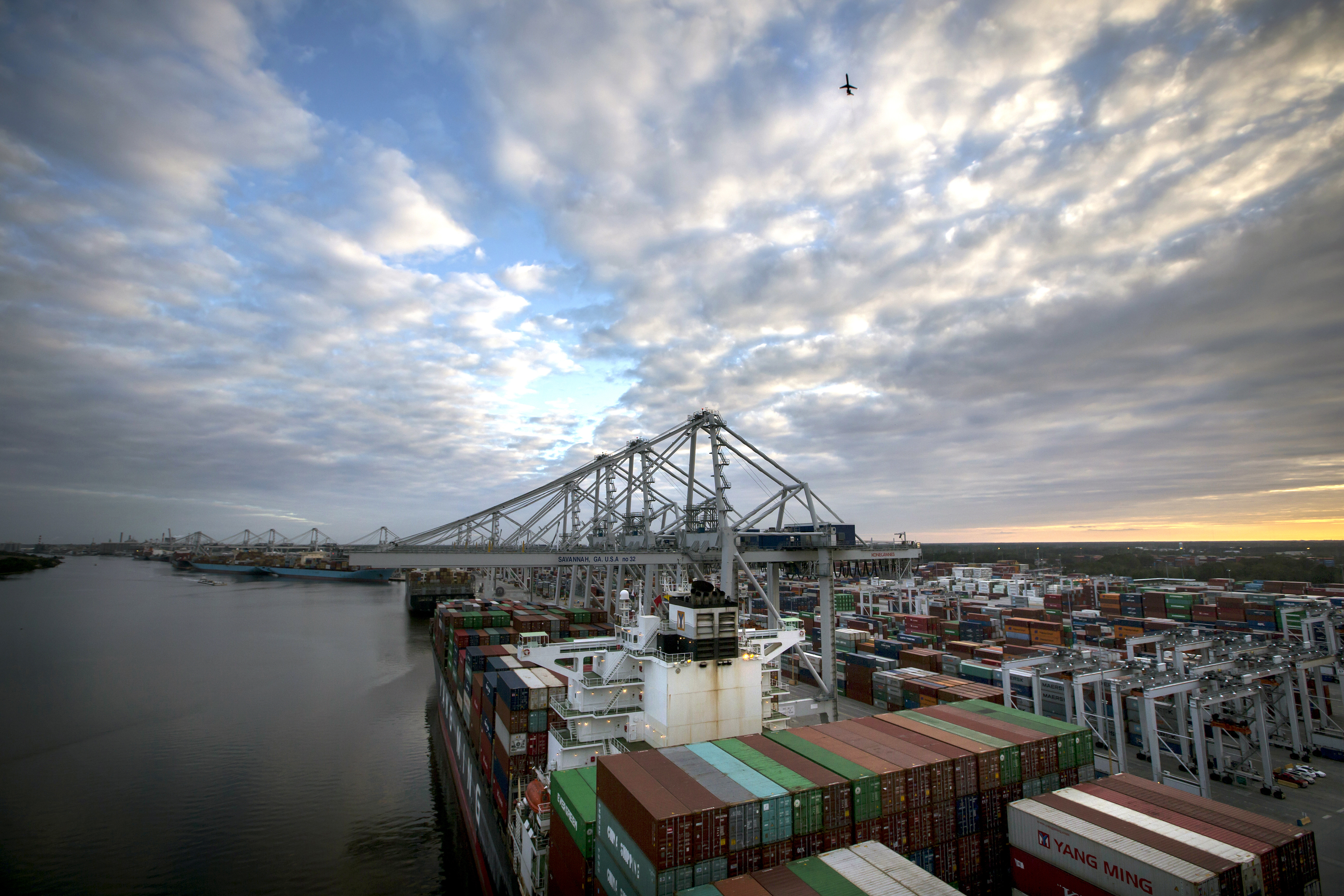By: Max Wallace

Last week, the Chinese government announced an impressive list of reforms and a major overhaul for one of the government’s most infamous policies. China’s “One-Child” policy will be relaxed among concerns that a rapidly ageing population will cripple the nation’s economy. This decision, among others, was reached during the Third Plenum, a gathering of the nation’s new leadership which was focused on addressing China’s economic concerns. Despite the popular perception that China is an invincible rising power, destined for hegemony, the state of the Chinese economy actually paints a very different picture. The economic integrity of China is entirely dependent upon unsustainable growth rates. This growth is fueled almost entirely by investment, and if it slows, China faces a myriad of underlying issues that will devastate its economy.
At first glance, the Chinese economy appears to be the picture of perfect health. It has averaged a GDP growth rate of over 10 percent for more than a decade, with current projections placing GDP growth at 7.7 percent, slowing growth to 1999 levels, but still far outpacing the United States’ current growth rate. However, this growth must be put into context. GDP can essentially be boiled down to two components, investment and consumption. Ever since China opened its borders in earnest in the 1990s, the nation has attracted hoards of capital. An undeveloped land full of cheap labor, China proved an attractive target for investment. Public consumption of goods however, never experienced the same growth. Household consumption only comprised 35 percent of GDP in 2010 (the U.S.’s is 70 percent). By contrast, 50 percent of its GDP is reliant upon investment. Now, a turning point has been reached, the Chinese market is now saturated with investment, and growth is consequently slowing. China, at least its coastal regions which are appealing to investors, has fully developed, and there is no domestic demand to drive the economy in place of foreign investment.
The logical solution to China’s problem would then be to stimulate consumption. Unfortunately, increased consumption means increasing wages and further discouraging international demand. This issue has led to the first of China’s many underlying issues, widespread poverty. Overall GDP per capita is $6,188, a figure comparable to Thailand or Jamaica. Additionally, China faces an income gap which dwarfs its American counterpart. 500 million people have a GDP per capita of approximately $1,700 (Nigeria’s per capita GDP) and more than 100 million people live below the poverty line. Stimulating consumption in this economic environment is near impossible because wages would have to increase by such a tremendous amount that the nation’s goods would no longer be profitable.
Slowed GDP growth alone does not cripple an economy. But the Chinese government has failed to address a host of additional factors which threaten the rising power’s precarious position. If GDP growth does slow, the Chinese government also has a debt problem that it must face. Local governments and state-owned enterprises (SOE) have been extremely inefficient in their investments, and local government debt is now approximately 60 percent of GDP. China currently has $16.4 trillion available in credit, a number which the government is attempting to lower. This easy access to funds and Beijing’s desire to accelerate growth encouraged wasteful spending. Local governments took this money and directed it, in most cases, towards construction, and a property bubble has now formed. However, infrastructure development in rural areas is still sorely lacking, and there is a regional dichotomy between underdeveloped rural areas and overdeveloped industrial zones. These rural areas have trouble attracting investors not only because of their lack of infrastructure, but also because of they are a hostile environment in which to conduct business. The central government has encouraged the growth of SOEs, which have received access to cheap credit and been protected against competition, and public ownership of property provides local governments with their main source of revenue.
China also faces a rapidly ageing population, the driving factor behind its reform of the one child policy. By 2040, the average age in China will be 47 and with a retirement age of 60, this population will prove extremely expensive to support. This issue compounds with China’s energy concerns and their well-publicized issues with pollution. China spent $150 billion importing oil from OPEC alone and by 2017 will surpass the U.S. in its demand for the fossil fuel, and projected cleanup costs of Chinese air pollution is $817 billion.
Despite their impeding economic woes, the Chinese nation-state will not devolve into chaos. Wages will increase and rural areas will eventually develop. Cheap labor will be supplied by other nations. China will work past this, eventually. But the impeding economic transition away from cheap labor and towards producing more sophisticated goods will be incredibly painful. Despite any new government efforts, China has simply run out of time. Unemployment, already at 4%, will rapidly increase if GDP growth dips below 7.5%, as it surely will. China has experienced a meteoric rise, but a series of poor judgment calls were made over the past two decades and the day of reckoning is here.

